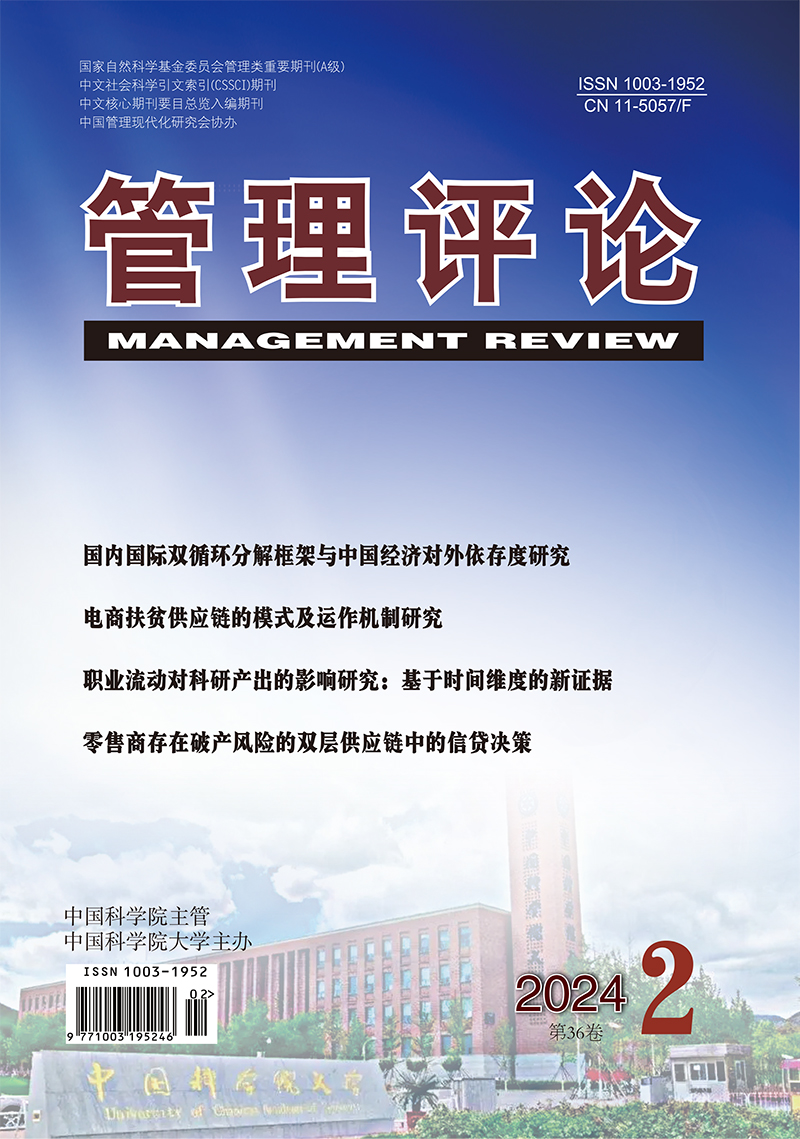|
|
Are You Asked to Work Overtime? Exploring Proactive and Reactive Work Connectivity Behaviors After-hours and Their Multi-path Effects on Emotional Exhaustion
Gong Shuo, Li Hai, Xia Ming, Zhu Jinqiang
2024, 36 (2):
154-166.
Recent years have witnessed the increasing popularity of work connectivity behavior after-hours (WCBA), and thus new problems are brought in the work-family interface. Previous studies on this kind of behavior mainly investigate its negative outcomes from the perspective of resource. On the other hand, some scholars argue that such behavior has a positive influence on employees. However, these two viewpoints have failed to be synthesized. Based on boundary theory, we divide WCBA into proactive WCBA (PC) and reactive WCBA (RC), and examine the pros and cons of WCBA on emotional exhaustion and its mediating mechanism and boundary conditions. The experience sampling method is adopted to test the proposed theoretical model. The data are collected from part time MBA students or employees with a MBA degree. The participants are required to answer questionnaire once a day at 9 p.m. for 7 consecutive days, during which 5 variables (WCBA, work control, work in conflict with family, personal accomplishment, and emotional exhaustion) are measured. Demographic information is gathered from participants prior to the 7-day measurement. WCBA is assessed by the scale adapted from a mature scale, while the rest of variables are measured by mature scales. After the data cleaning, there are 380 valid questionnaires (82-97%) from 98 participants (90-74%). Confirmatory factor analyses and average variance extracted are performed to check the discriminant validity and convergence validity of the key variables. Multilevel structural equation modeling is taken to verify the hypothesis, and Monte Carlo simulation procedures processed by open-source software R is used to assess mediation effects. Results show that PC has an inverted U-shaped effect on work control, and that work control is negatively related to emotional exhaustion. The moderated mediation effect of work control is significant. RC negatively affects work control, and there is also a negative relationship between work control and emotional exhaustion. The indirect effect of work control is significant. PC is positively associated with work in conflict with family, and work in conflict with family has a significantly positive effect on emotional exhaustion. The mediation effect of work in conflict with family is significant. This study suggests that there is a significant positive effect of RC on work in conflict with family, and that work in conflict with family has a significantly positive effect on emotional exhaustion. Work in conflict with family could serve as a mediator to connect RC and emotional exhaustion. It is also found that the product term between PC and personal accomplishment is significant. Personal accomplishment moderates the relationship between PC and work in conflict with family, that is, the mediating effect of work conflict family is stronger for employees with low personal accomplishment. Based on boundary theory, the present study enriches the literature on WCBA and boundary theory by classifying WCBA into PC and RC, illustrating the advantages and disadvantages of different types of WCBA on emotional exhaustion, and explaining its mediating mechanism and boundary conditions. Practically, the shift of WCBA from reactive to proactive can weaken its negative effects to a certain extent and even produce positive effects, thereby improving the emotional state of employees.
References |
Related Articles |
Metrics
|

